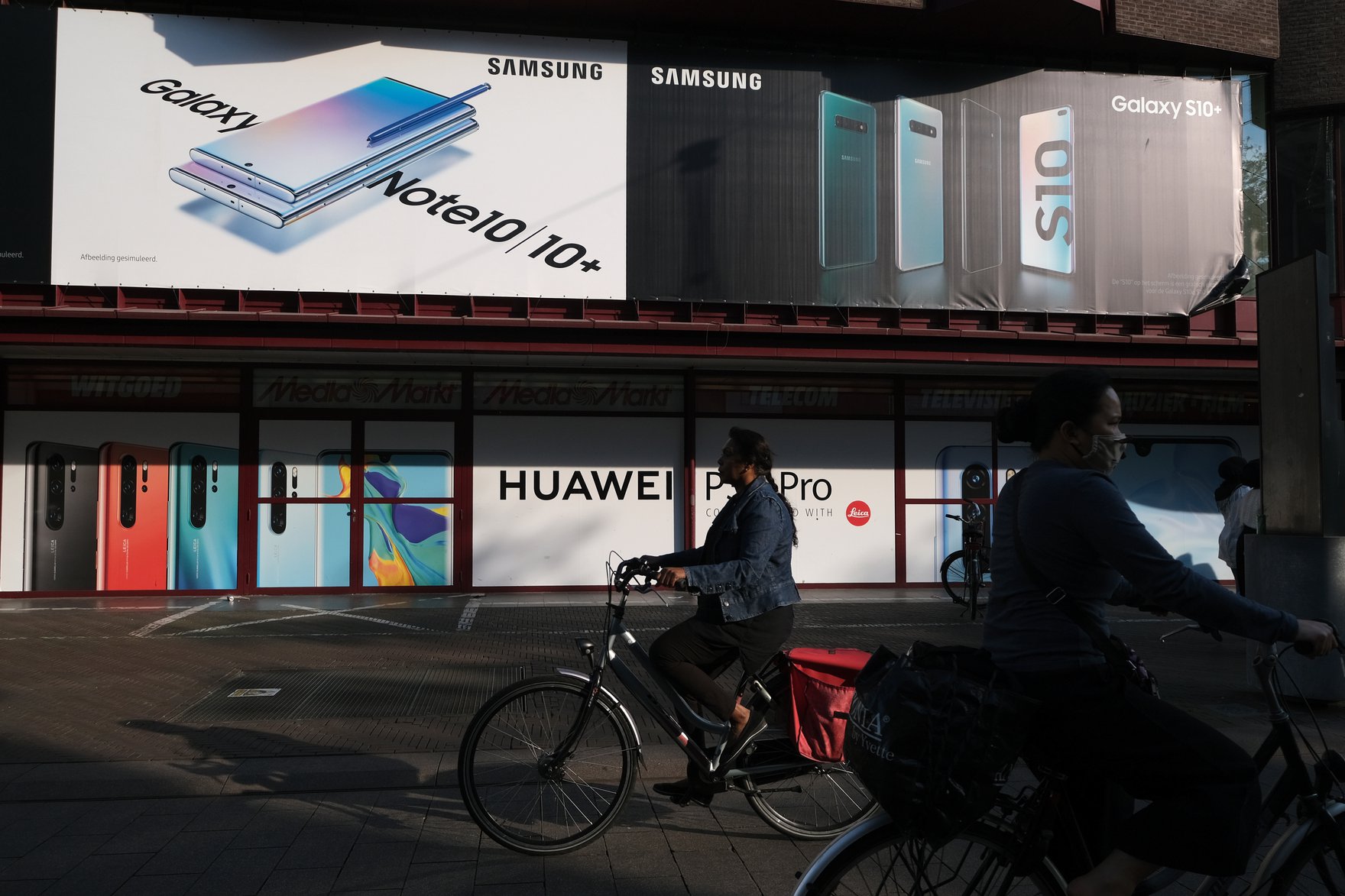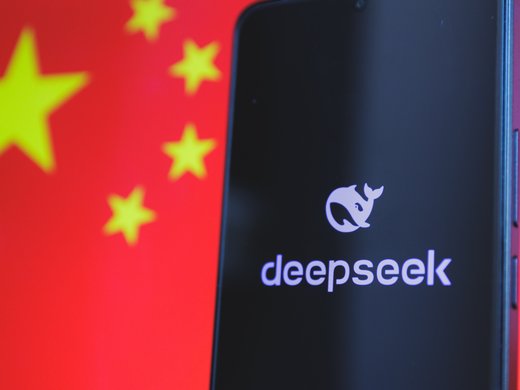In July 2017, China’s State Council released the Next Generation Artificial Intelligence Development Plan (AIDP). The plan is a road map for using artificial intelligence (AI) to upgrade China’s manufacturing and service industries and to catch up with the US and other advanced economies. This is just the latest in a long string of Chinese efforts to create an advanced technology ecosystem that would be less vulnerable to outside pressures.
America’s political elites broadly agree that the AIDP poses a serious threat to US leadership in science and advanced technology. Following years of concern about intellectual property and technology transfer, the Trump administration has now sharply increased restrictions on China’s access to advanced US technology.
The US Treasury has introduced almost unsurmountable hurdles to Chinese investment in US firms with “sensitive” technology, while the Commerce Department has placed Huawei and China’s leading AI start-up companies on its so-called “Entity List,” which bars foreign companies from buying advanced semiconductors and software from US companies without the government’s approval. According to the new rules, any transfer of information to a foreign national can be deemed an export, requiring an export license. This systematic blocking of knowledge exchange, in effect, cuts off the lifeblood of the global AI industry.
Most recently, in April 2020, the Commerce Department released new regulations that restrict access to US technology by virtually any Chinese company that is “known” to have links with the Chinese military. In May, Commerce began requiring an export license for any non-US company fabricating chips for Huawei if those chips were designed using US software or made with US-origin equipment. An important objective is to prevent Taiwan’s TSMC from producing advanced chips for Huawei’s 5G smartphones and base stations. This new rule constitutes a significant extension of the exterritorial reach of US trade law.
China vulnerable to supply disruptions
Until recently, AI applications run by Chinese companies were powered by foreign chips, mostly designed by a small group of US firms and fabricated in Taiwan. Despite significant progress, China remains weak in the design, and especially in the fabrication, of advanced semiconductors. Industry experts expect that it would take a decade for Semiconductor Manufacturing International Corporation (SMIC), China’s largest semiconductor fabricator, to close the gap with Taiwan’s TSMC.
Thus, China is particularly vulnerable to externally imposed supply disruptions. This vulnerability stems from differences in how the AI industry has developed in the US and China. A defining characteristic of AI development in the US has been the constant back and forth of new ideas between academic research, vibrant startup clusters in California and Massachusetts, and a vast network of projects funded by the Defense Department. US companies have been able to attract top engineers and recruit the best graduates from America’s leading research universities, many of them from China.
China’s approach has been very different. Starting much later, AI research was left to the academic “ivory tower,” either in China or at American universities, while Chinese firms focused on developing AI applications for the massive domestic market and as a key component of many Chinese exports. They did this by exploiting their huge databases and a vast workforce of low-cost university graduates. To the degree that Chinese companies were able to rely on foreign technology, they could grow and prosper without investing in advanced research.
Even before the Trump Administration’s restrictions on technology transfers, the Chinese government was pushing toward greater self-reliance in AI technology. China’s leadership has long factored in the risk of future technology restrictions, yet they appear to have been unprepared for the sudden escalation of the trade conflict with the US.
Huawei, Alibaba, and Baidu have demonstrated a capacity to design sophisticated AI chips and have developed a substantial body of new technological and management capabilities. Some of these capabilities are also now emerging in a small group of AI start-up companies. Yet these efforts are still very much a work in progress. It would take years for China to become fully independent in the design and fabrication of leading-edge AI chips.
No one wins a trade war
As established rules of trade are broken, mutual distrust and rising uncertainty are beginning to produce a “decoupling” of trade, investment, and knowledge networks between the US and China. Irrespective of the ups and downs of the official US-China trade negotiations, the heating up of technology warfare has produced widespread collateral damage—with negative effects on countries around the world, including the US.
Thus far, few US semiconductor firms have moved their affiliates out of China. Too much is at stake for US companies that critically depend on the vast Chinese market. Powerful US interest groups, both in industry and research universities, represent formidable voices in the fight against decoupling. Given this pushback, US technology export restrictions may be implemented incrementally, rather than in a massively destructive big push. In other words, while decoupling is real, it remains porous and meandering and hence may leave room for pragmatic counterstrategies.
Countries that have access to leading-edge AI chips are essentially in the fast lane, where improvements continue to be rapid and mutually reinforcing. To fulfill China’s potential as a global leader in one of the most important industries of the 21st century, Chinese leadership needs to overcome the fragmented policies that reflect deeply engrained interagency rivalries, strengthen knowledge sharing between academic research and industry, and develop a unified strategy that combines innovation, industry, and trade policies.
Today, leaders in both countries need to reconsider the notion that they can only progress in AI if they pursue zero-sum competition. Global knowledge sourcing through international cooperation remains critical for further development of AI technologies. Progress will be damaged both by the “America First” doctrine and by China’s attempts to wall off its AI industry from the outside world.
This article first appeared in East-West Wire.



